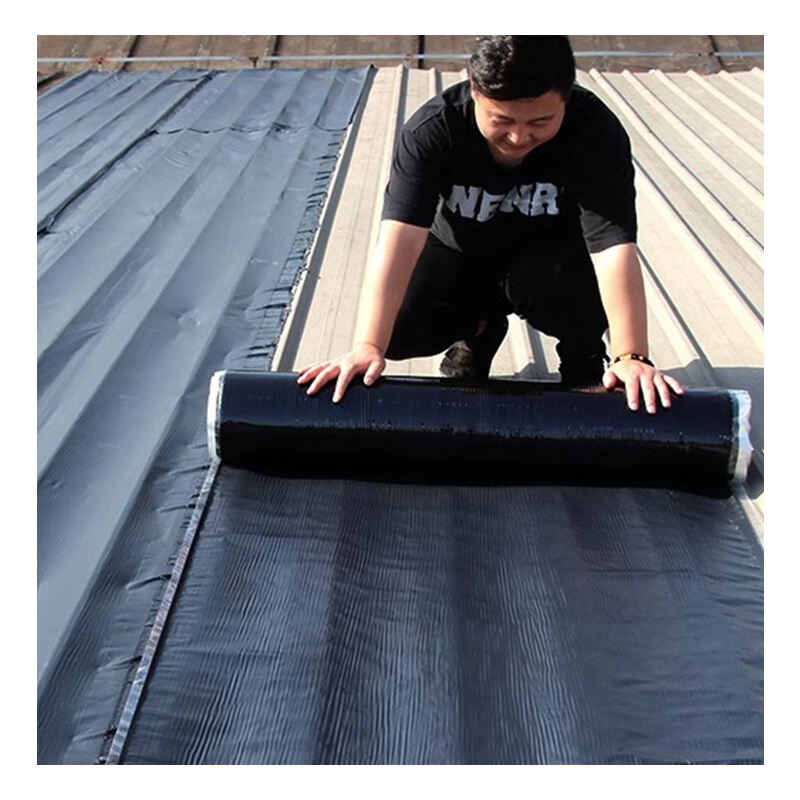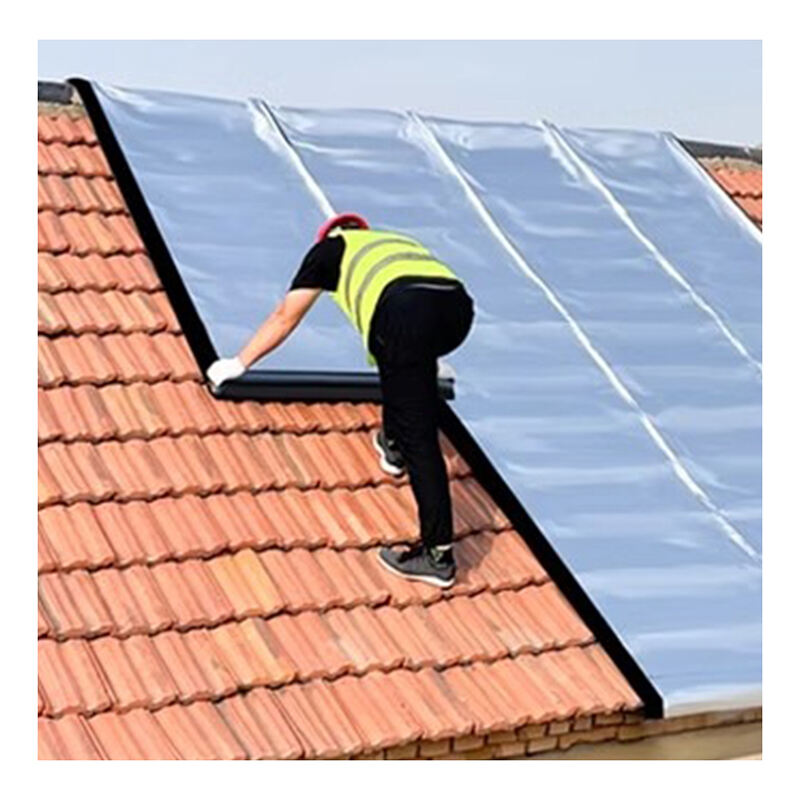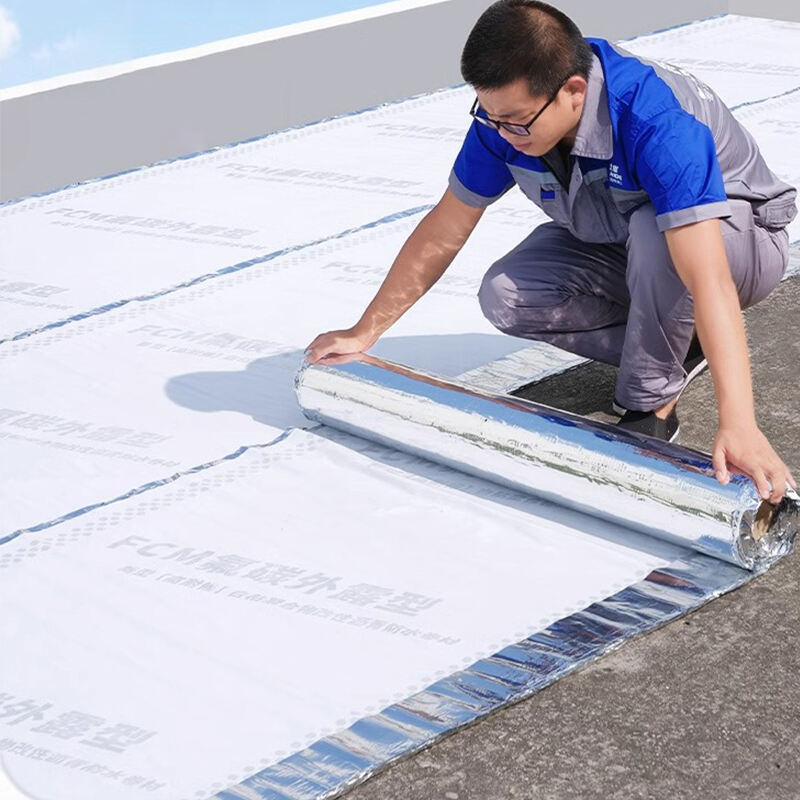acrylic waterproofing membrane
An acrylic waterproofing membrane is a high-performance coating system designed to provide superior protection against water infiltration in various construction applications. This innovative solution combines advanced acrylic polymers with specialized additives to create a seamless, flexible barrier that effectively prevents water penetration while maintaining structural integrity. The membrane forms a continuous, elastic film that adheres strongly to different substrates, including concrete, metal, wood, and existing waterproofing systems. Its unique chemical composition allows it to bridge minor cracks and accommodate building movement without compromising its waterproofing capabilities. The membrane cures to form a durable, UV-resistant surface that maintains its effectiveness under diverse weather conditions. It can be applied using conventional methods such as rolling, brushing, or spraying, making installation efficient and cost-effective. The system's versatility enables its use in various applications, from roofing and foundation walls to bathrooms and balconies. Additionally, the membrane's breathable nature allows trapped moisture to escape while preventing external water infiltration, thereby protecting the substrate from potential damage.


